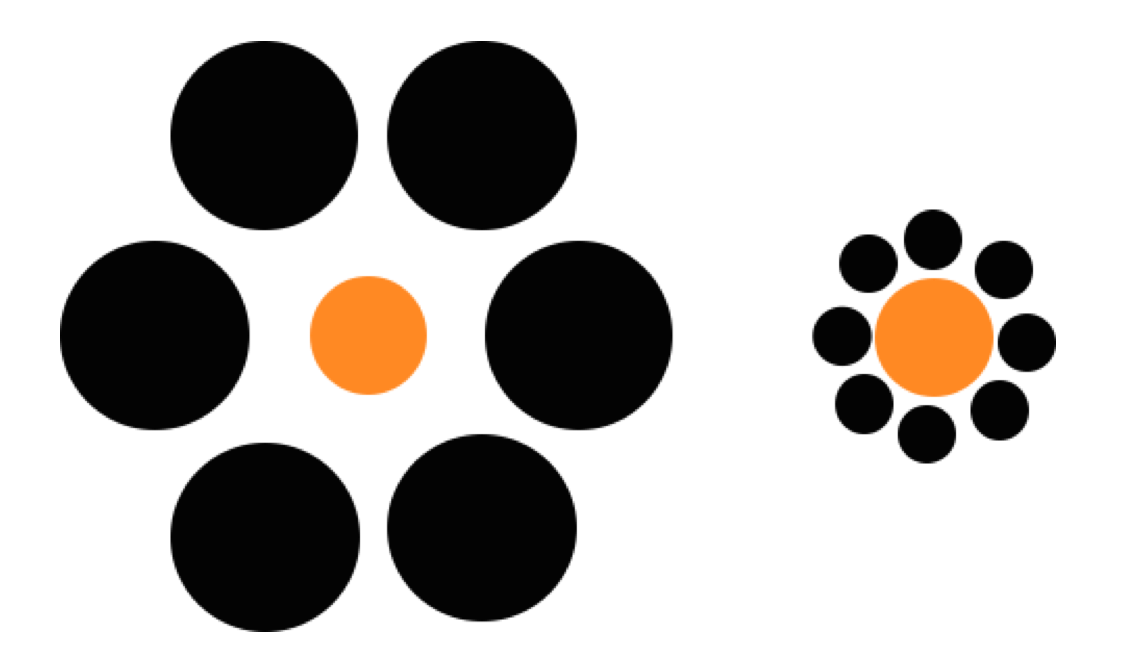

You only see the effect when you test in big groups." What do you see in the tree?

"In other words, almost social psychology is governing what's happening with a very fundamental bit of visual perception."īut, he adds, that's not to say people can't see the opposite figure. He says it fits with the idea that younger people are more likely to socialise with other younger people, and the same applies to older people. "What we found is that younger people tended to see the younger figure, and older people tended to see the older person," Professor Nicholls says. "If you see a younger woman, you can't see the old woman, and if you see the old woman, you can't see the young woman, because there is a simple principle that in every part of our visual field, we see a certain region either as a figure, or as a ground," Dr Spehar says.īut this particular illusion also tests our social biases, according to research led by Mike Nicholls, director of the Brain and Cognition Laboratory at Flinders University. The Ames room plays with our assumptions about how spaces work.Īmbiguous figures test what's known as figure-ground perception. You can either see the figure or the ground, but never both at the same time. When she stands on the right she looks like a giant, but when she moves to the left she appears to shrink. In this example from Catalyst, the right-hand corner is closer to us than the left-hand corner, so it distorts our view of Lily. Instead of being shaped like a box, the back wall of an Ames room is on an angle. When you blink or move your eyes, the elements of the illusion are projected onto different parts of your retina so you experience the sensation of clockwise or counterclockwise motion. " stimulate motion-sensitive neurones in the periphery of our visual field." "The illusion has lots of light and dark elements, of both high and low contrast scattered everywhere," Dr Spehar explains. Known as rotating snakes, this illusion triggers receptors in your retina that are responsible for detecting movement in your peripheral vision.ĭr Spehar says we don't exactly know how this illusion works, but it appears to be tied to differences in contrast between the black and white and coloured areas, as well as eye movements. The image appears to move, but if you stare at the central point, it stops moving.


 0 kommentar(er)
0 kommentar(er)
